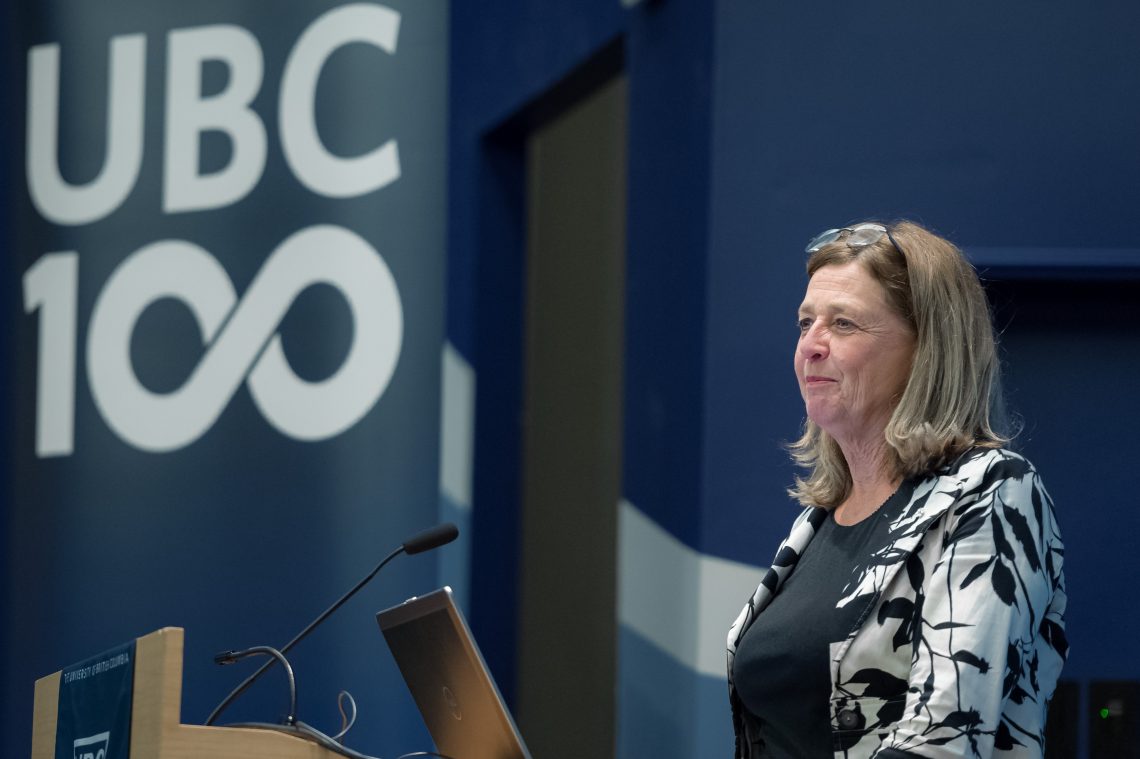Nurses’ Roles in Health Information Technology: A Canadian Perspective
Some proponents of tech solutions can be accused of wideeyed boosterism, but not Dr. Robyn Tamblyn, a nurse and McGill University professor. She is the first to point out that digital healthcare technologies can be a quick way to blow a lot of cash, which is all the more reason for a focused, evidence-based approach to specific problems facing 21st century healthcare.
On October 15, Dr. Tamblyn, the 2015 Marion Woodward Lecture speaker, shared a thoughtful survey of the multiple points across Canadian healthcare where specific technology tools could yield better patient safety, cost efficiencies, and improved clinical outcomes. Specifically, Dr. Tamblyn identified a host of challenges facing our fragmented management of aging, complex, multi-illness patients across both acute and community care and the potential tech solutions based on a substantial body of research.
For example, in a Canadian randomized controlled trial of using a telemonitoring system for homecare, an independent evaluation team found that it reduced the costs of care by almost $1,000 per patient. This was not because nurses weren’t driving their cars to the homes; it was because nurses were providing much more timely interventions, which reduced ER visits and hospital admissions. In a COPD patient portal application, patients felt secure because someone was monitoring their input data, and if they got into trouble someone stepped in.
As she chronicled the myriad ways that decision supports, clinical information systems, and electronic medical records can be used to transform chronic care management, oversee precision prescribing, and support patient self-management, Dr. Tamblyn returned repeatedly to nurses as key to the clinical leadership that needs to drive these changes.
She called for the expansion of a new specialty in informatics nursing. Cautioning against the problem of high-promise, lowvalue technology, Dr. Tamblyn insisted that we’re going to need co-innovation between nursing and IT vendors.
“There is no doubt that technology supported health services is in the future. It may not be the best thing since sliced bread, yet, but I think that there is role here for people in this audience to play in actually leading the challenge to get strategic, get problem-oriented, and solve the things that we want to have solved,” she challenged.
Given the complexities of the field, healthcare professionals at the front line need to be part of the teams inventing these solutions. In addition to benefits for patients and healthcare systems, Dr. Tamblyn concluded with how well-informed health technology designs are reducing administrative drudgery and supporting nurses’ professional autonomy.
See the full lecture here: https://vimeo.com/144566788



